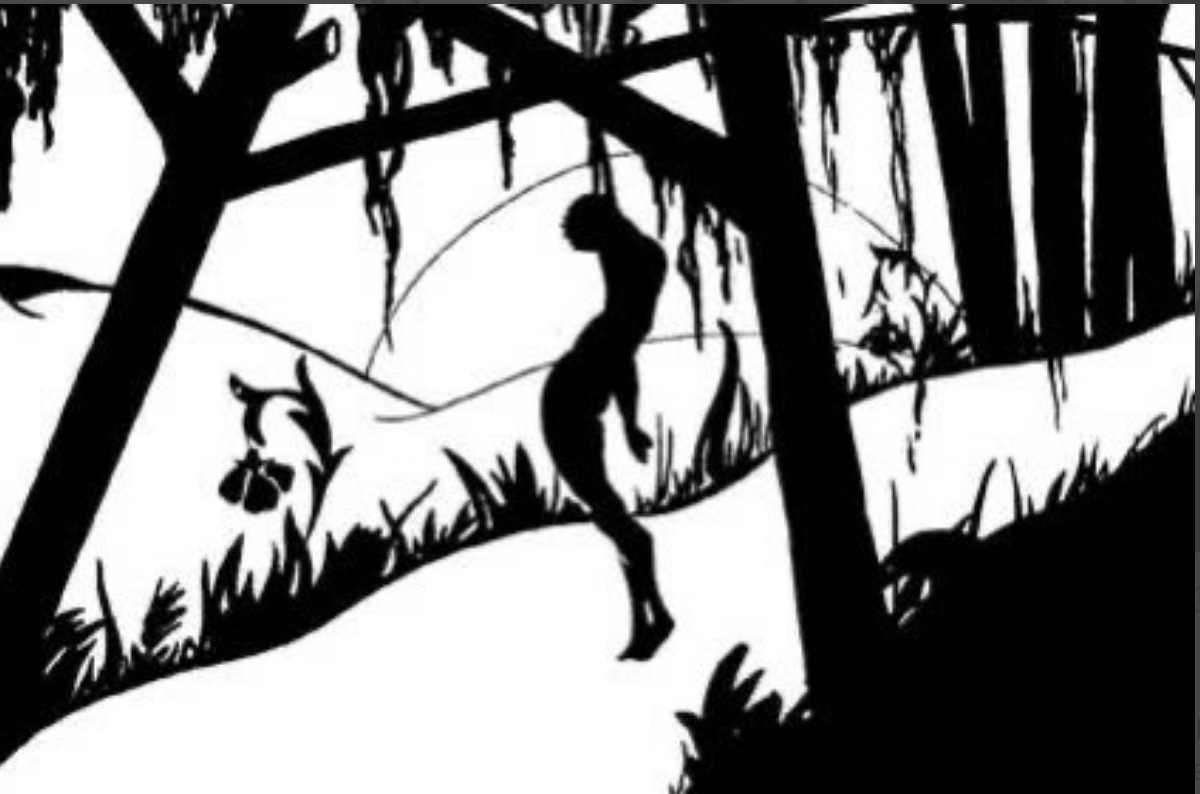Poetry and Lynching
Poetry and lynching -- not an obvious coupling. Poetry, of course, has never been only the hearts-and-flowers rhymes we now associate with Hallmark cards. The dawn of Western poetry, Homer's Iliad, begins with the promise of blood and slaughter.
Sing, goddess, of the anger of Achilles, son of Peleus,
Accursed, which brought countless pains upon the Achaeans,
Hurled to Hades many strong souls of heroes,
Served them up as carrion for the dogs and all the birds
It was inevitable that lynching, that particular inhuman curse visited mostly upon African Americans, would enter the writing of American poets, mostly Black but not exclusively. The wonder is that it came so late. If you date the Age of Lynching from 1880, the end of Reconstruction, then it was 40 years before Claude McKay's poem, "The Lynching," brought this horror into verse. We've spoken of this elsewhere, specifically as part of the Shoga Treat on "The Dyer Anti-Lynching Bill."
McKay's sonnet is a bit muddled in terms of its religious imagery, and the poetic diction of its octet (first 8 lines) evokes a kind of literary haze, but the sestet (final 6 lines) snaps everything into focus with a chilling commentary on the dehumanizing culture of the South.
Day dawned, and soon the mixed crowds came to view
The ghastly body swaying in the sun:
The women thronged to look, but never a one
Showed sorrow in her eyes of steely blue;
And little lads, lynchers that were to be,
Danced round the dreadful thing in fiendish glee.
How can you encompass lynching in a sonnet? You can't, and McKay doesn't entirely succeed, especially as he tries to bring in a Christian God. But when he turns an unvarnished language to the scene itself, the visual and poetic power of "The Lynching" is undeniable.
Helene Johnson, one of the better female poets of the Harlem Renaissance, commits similar errors of overreach in her anti-lynching poem, "A Southern Road." (For those of you who have followed Shoga's adventures with Richard Bruce Nugent, this poem appeared in the single issue of the infamous arts journal, Fire!!) Johnson begins in a pastoral mode, using a blend of natural beauty and ominous imagery to lead the reader down this Southern road to reveal "a solemn, tortured shadow in the air." But the horror of the sight itself is fatally obscured by an arcane poetic language and a Baroque reach towards religious significance.
In one lonely lingering hour Before the Sabbath.
A blue-fruited black gum,
Like a tall predella,
Bears a dangling figure,— Sacrificial dower to the raff, Swinging alone,
A solemn, tortured shadow in the air.
"Sacrificial dower to the raff." Come again? (And, yes, I did have to look up "predella.")
The most famous poem about lynching, of course, was written by a Jewish leftie school teacher in 1937, Abel Meeropol, under the title "Bitter Fruit." When Meeropol set his poem to music, Billie Holiday made it her own and immortalized the song now called "Strange Fruit."
Southern trees bear strange fruit
Blood on the leaves and blood at the root
Black bodies swinging in the Southern breeze
Strange fruit hanging from the poplar trees
The power of the poem comes from its straightforward use of language and the relentless beat of its controlling metaphor. There is no attempt at theodicy or metaphysical meaning. "Here is a strange and bitter crop."
But the strangest, most compressed and suggestive use of lynching as a poetic metaphor comes from the pen of Jean Toomer during that brief period of time when he wrote under the mysterious power of a Black muse.
Portrait in Georgia
Hair -- braided chestnut
coiled like a lyncher's rope
Eyes - fagots
Lips - old scars, or the first red blisters
Breath - the last sweet scent of cane
And her slim body, white as the ash
of black flesh after flame
Is this beautiful? I don't know. Is it poetry? Yes, of the highest order.
Recent Posts
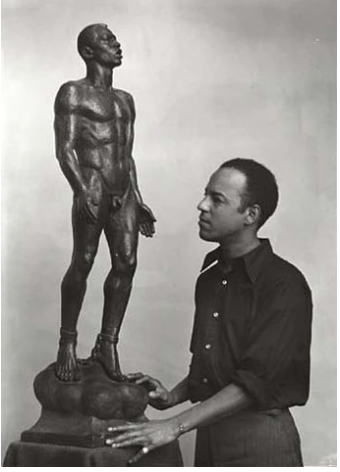
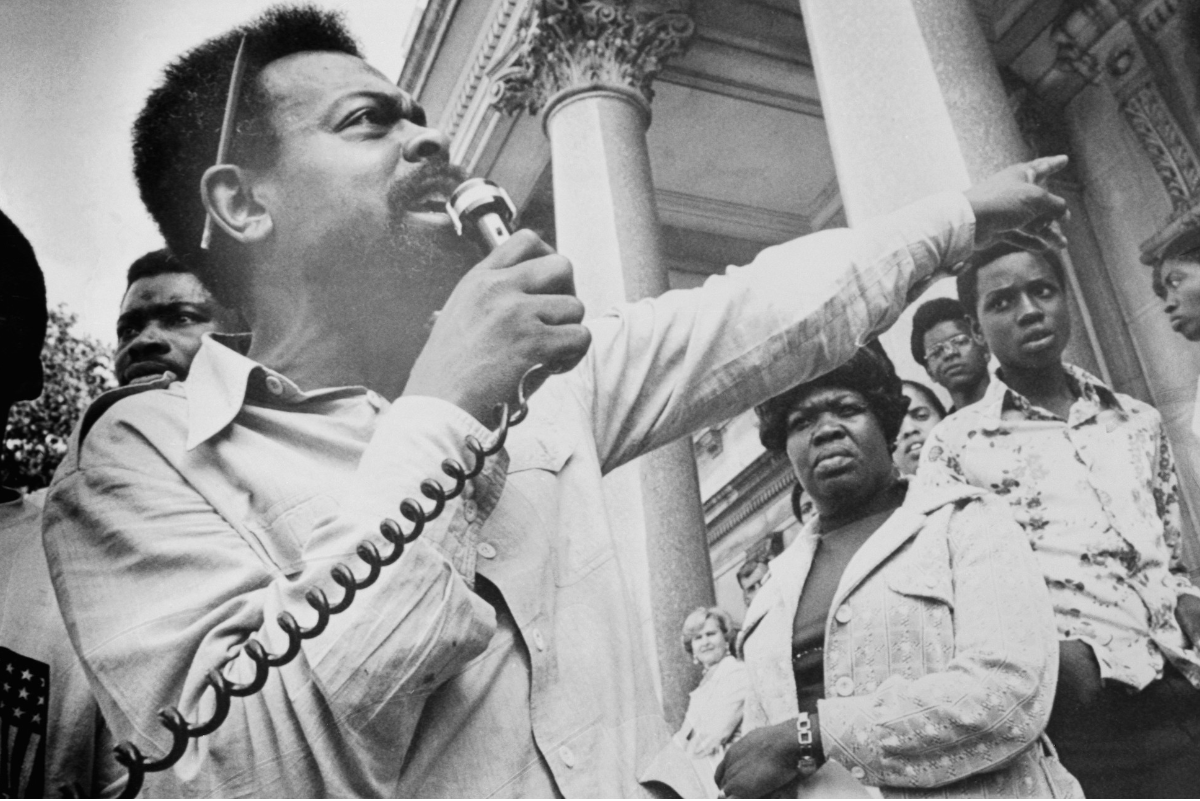
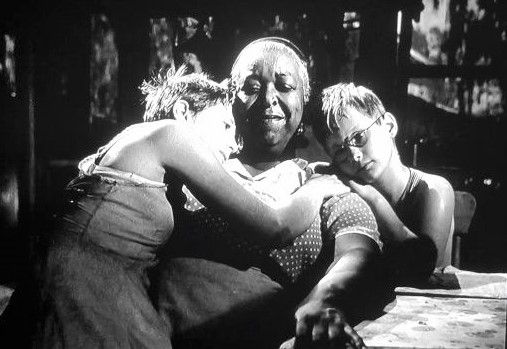
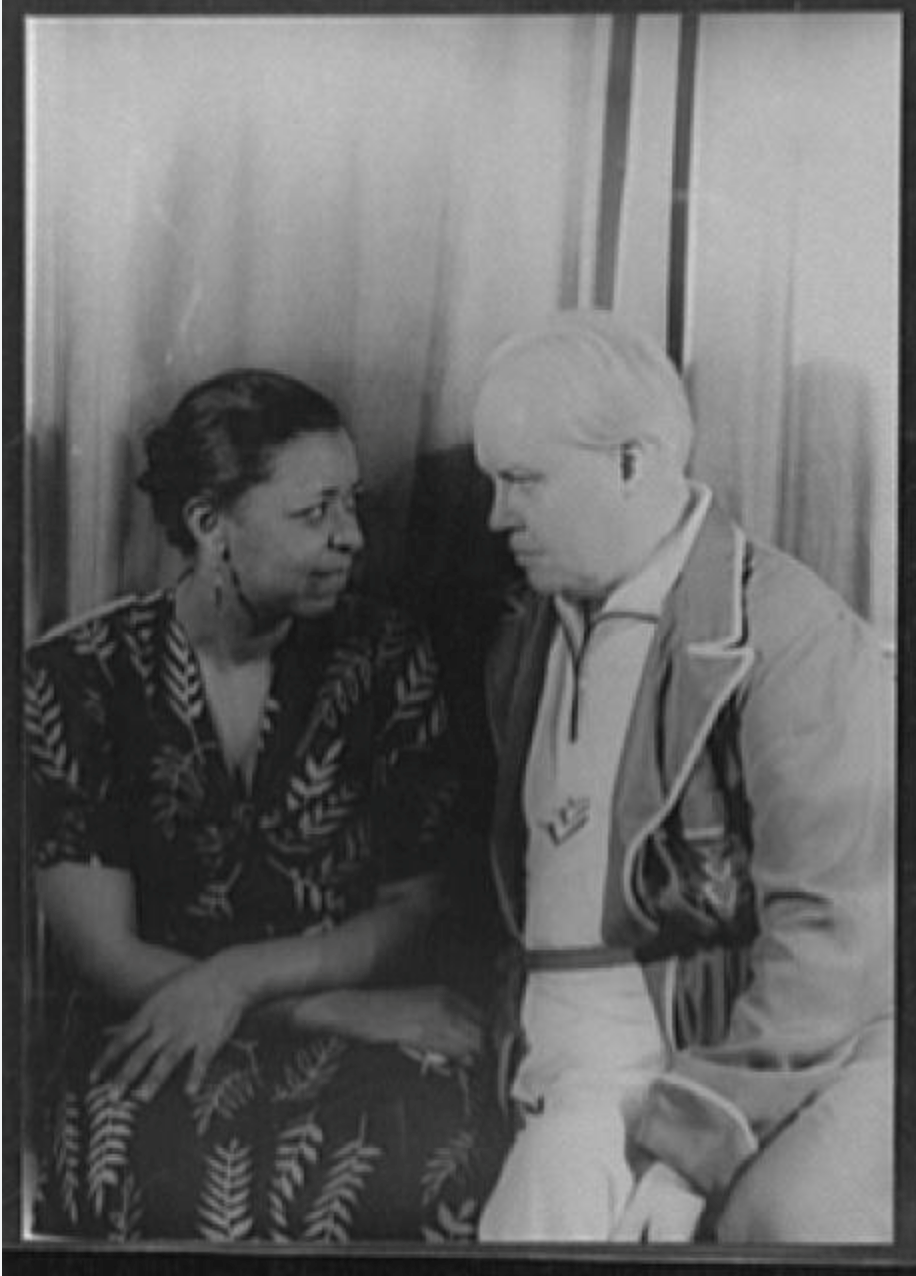
SHOGA FILMS is a 501(c) (3) non-profit production and education company. We create multimedia works around race and sexuality that are intended to raise awareness and foster critical discussion.
Contact Us
All Rights Reserved | Shoga Films
Stay Connected
Thanks for subscribing!
Please try again later.


